Editor’s Note: Editor’s Note: FijiGuide is grateful to the late Dr. Albert Schutz for providing this chapter from his book, Discovering Fijian: First Impressions from Explorers, Traders, and Missionaries. This book focuses on how the early European explorers and missionaries encountered and chronicled the Fijian language. In this section Dr. Schutz explores how early interpreters were able to decipher and collect Fijian words.
Commerce, Religion, and word lists
Word lists, the oldest of which have been preserved for well over two centuries, show that there was at least some communication between the Fijians and their early visitors. But how was it achieved at a time when no English was spoken or understood by the Fijians?
There were a number of different ways. For Lockerby, who recorded a detailed word list, one assumes that his fourteen or more months in the islands gave him some control of the language. By comparing his list with Richardson’s, one can see that the former served as a starting point for the latter. For example, identical entries such as “a fort surrounded with water” are unlikely to be coincidental. Davies was helped by Tākai’s and Langi’s developing multilingualism—a combination of Lauan Fijian, Tongan, English, and Tahitian.[22] And the words on Bellingshausen’s list suggest that it could have been gathered by what is called the “monolingual” method, for it consists almost entirely of words for items that could be pointed to, such as food products, artifacts, body parts, and natural phenomena,[23] thus avoiding the need for an intermediate eliciting language.
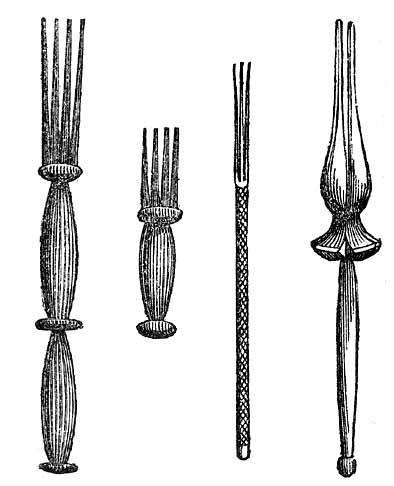
William S. Cary played a similar role as an interpreter in the sandalwood-trading days. Oliver (Dix 1848:98) mentioned him in his capacity as “linguist”:
Several years after the loss of the Oeno, the ship Clay, Captain Vanderford, of Salem, arrived at the same island. Mr. Cary’s acquaintance with the language and customs of the natives enabled him to render important services in the way of trade … As a linguist, assistant trading-master, and companion, he was much esteemed by officers and crew.[24]
Cary himself, in his account of his stay in Fiji, wrote (1928:40):
As the reader may surmise, I had by this time quite mastered the language of the natives with whom I had resided.
Nor did all the language learning take place in one direction. One of the earliest reports of Fijians learning some English is that of Lockerby (Dodge 1972: 196). In describing a chief from the Dreketi River area, he added: “he has a young Chief which we called Coconut Jack. you will find him very usefull he can speack a few words of English.”
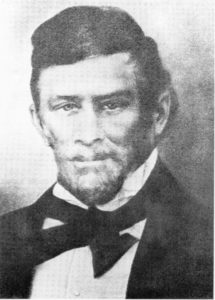
In their commercial dealings, ship captains were also aided by the Rewan Cokānauto, rechristened “Phillips” in honor of Eagleston’s employer in Salem. Eagleston was so impressed with Cokānauto’s services that he took him to Tahiti, presented him with two head of cattle, and gave him a letter of reference to present to traders who might call at Rewa in the future.
Another group of people who were in a position to work as the interpreters for visiting traders were the beachcombers. Captain Eagleston singled out David Whippy (Eagleston 1833–36):
… from Nantucket, and who left home on a whaling voyage with his brother as master, but owing to unbrotherly treatment, ran away at some of the other Pacific islands, and came to this group with one Capt. Dillon. He appeared to be a man above his companion and much more respected by the natives …
©2022 Dr. Albert J. Schütz
References
[22] “In Tahiti Tākai and Langi attended school and made considerable progress in Tahitian, having already picked up some English on board ship and in New South Wales” (Reid 1979:156). Reid added (pers. comm., 10/82) that because of Tākai’s mixed Tongan-Fijian background, he “must therefore have been subject to a variety of linguistic influences from the beginning.”
[23] The word for ‘good’ is the only exception.
[24] See also Cary’s account (1928:47).




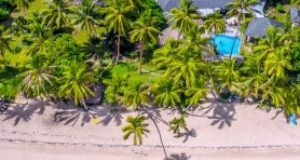
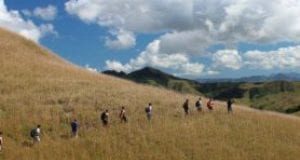
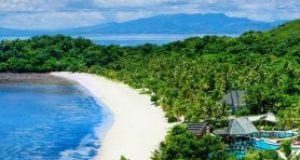
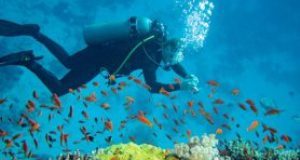
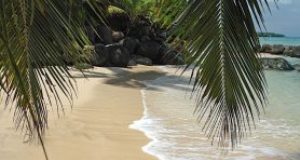
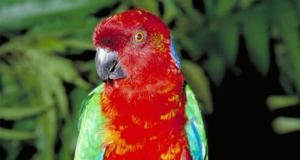
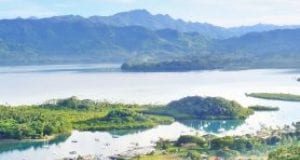

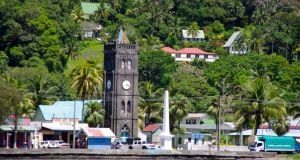
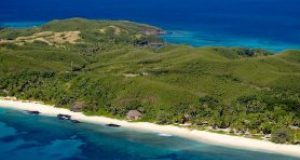


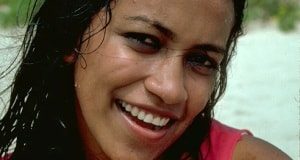

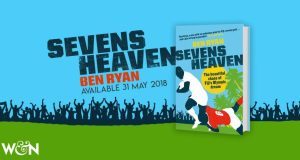


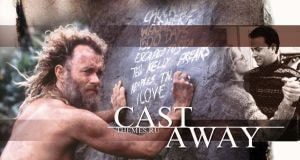

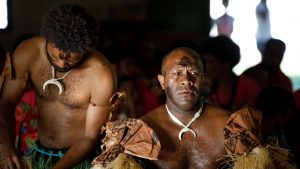
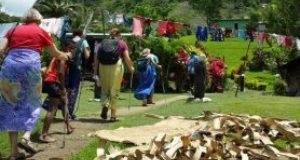

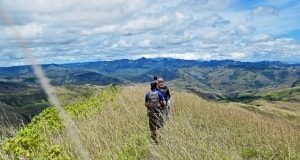
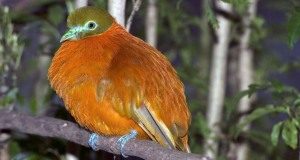

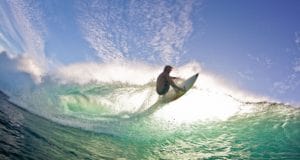
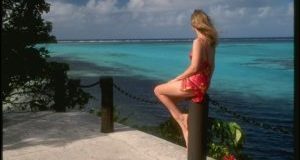





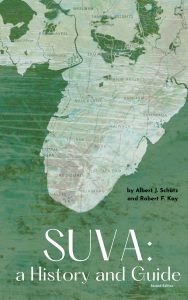
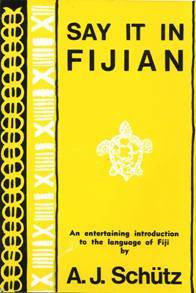
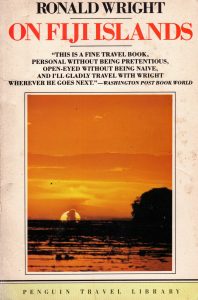
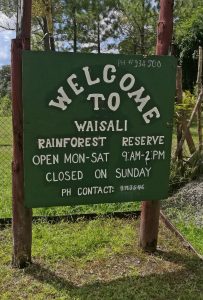
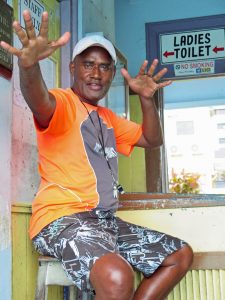
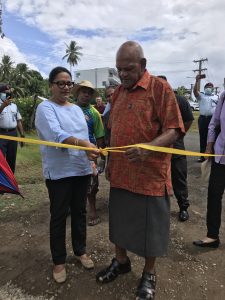

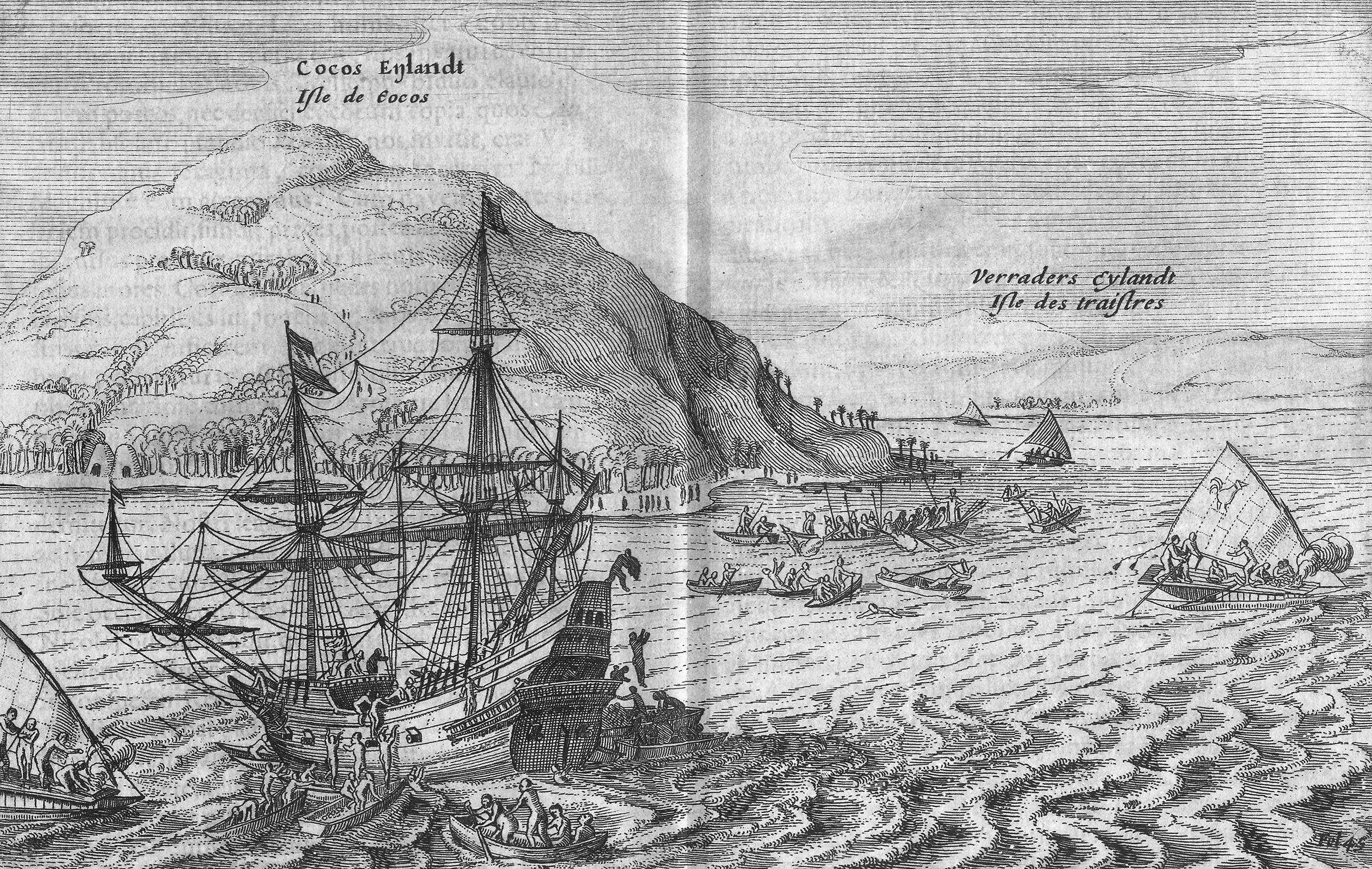
Leave a reply